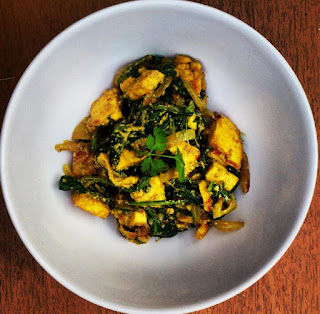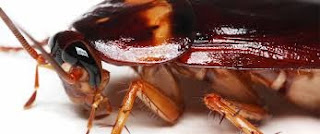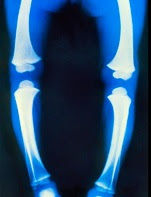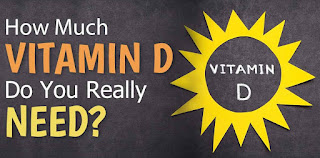Anyone want to make a tasty, healthy, homemade, quick as you like curry
for dinner? This is for you.
Quicker than ordering a delivery, much cheaper and of course much healthier! Great for a weekend treat, or a Friday night in front of the telly. This one took about 15 mins and there was
enough for 2 portions. So as promised here it is - our no nonsense, vegetarian recipe for a healthy sag paneer (that's spinach and cheese curry)!
I love a sag paneer and I cant believe I managed to make it myself! I have no idea if this is the 'proper' way to make it, if this is authentic or spiced as it should be. I do know it was my first attempt and it looked, smelled and tasted divine! I will be making it again and I will be following the same recipe to try and create the same results... Here's what I used and what I did. Try it and let me know how you get on, or please feel free to share your recipes with me too so I can see how right or wrong I got it!
SAG PANEER
INGREDIENTS:
Spinach (approx 150g fresh baby leaves)
Paneer cheese (approx 100-115g)
Onion (1 medium)
Garlic (2 cloves)
Ginger (approx 1 inch)
Tomato (1-2 fresh tomatoes)
Green chilli (1/2 - 1 deseeded)
Ground cumin (1-2 teaspoons)
Ground Turmeric (1-2 teaspoons)
Garam Masala (102 teaspoons)
Rapeseed Oil (1-2 tablespoons)
Natural Greek Yoghurt (2-3 tablespoons)
METHOD:
- Heat the oil in a pan and add the chopped onion
- Once onion starts to sweat, add 2 cloves sliced garlic and the ginger (grated or finely chopped is good)
- Add the chopped green chilli (deseeded - this isn't a HOT curry, chilli is in here to give a little kick only but mostly for flavour)
- Dice the paneer and add to the pan
- At this point you can add the dry spices too
- 1-2 teaspoons of turmeric will give colour, cumin and garam masala will give the flavour and the ingredients will cook now in a dry pan covered in the spices (to stop burning/sticking to the bottom of the pan you can add a little more oil here if required)
- Add all the spinach
- Once it starts to wilt, add 3 tablespoons of natural Greek yoghurt and 1-2 tomatoes at the end
- Keep on the heat and stir everything through making sure its all piping hot
- Add fresh coriander to dress
So on the side we added a cucumber raita - again homemade and this is one I had made before. In fact for some reason this is the way I've made it since I was about 6 years old and it was the only thing I knew how to "cook" when I was little. When my family would make curry, I would make this:
CUCUMBER RAITA:
INGREDIENTS:
Cucumber (approx 1/4)
Natural/Greek yoghurt (3 tablespoons)
Fresh lemon juice (half a lemon squeezed)
Sugar (1 teaspoon white sugar)
Fresh mint (3 medium sprigs, chopped)
METHOD:
- Grate/finely chop or dice the cucumber and add it to yoghurt in a bowl
- Stir in the lemon juice
- The stir in the sugar
- Lastly add and stir in the fresh mint
Could not be simpler, but the taste is just too good and very moreish. So nice to cool down a hot curry or as an accompaniment to poppadoms or Indian breads. Again a tasty and super fresh and healthy alternative to something like a mango chutney, or to shop bought dipping sauce (bar the spoonful of sugar, but you could actually leave that out if you really wanted to!)
And there you have it, super quick, super tasty and pretty damn healthy vegetarian sag paneer with cucumber and mint raita. no nonsense.
Have a go yourself and please share your recipes, photos of your creations and let us know how you got on.... You can share via
or via the comments below >>>
Keep your eyes peeled for more no nonsense recipes and our simple, quick, healthy versions of more dishes. As we do them, we share them (as long as they are good!)
You can also throw some dishes my way (not literally of course), but let me know if there is anything you love and at no nonsense nutrition we will try and healthy it up for you without losing flavour.... Always love a challenge so bring it on - you can send ideas to info@nitakothari.com where you can also contact us about any of our other services or ask me anything there to find out more!
Now, go get curry making, share your pics and enjoy!
**Please remember this is advice ONLY (as is all other information contained in this blog, the website and social media related to it) None of the info or advice is intended to override any recommendation from your GP or health professional**














